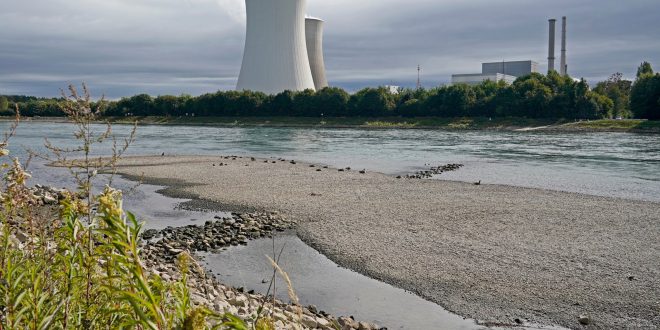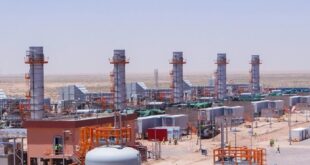China is on a quest for world domination. Beijing has been making assertive moves into global energy markets for a while now, stepping into energy market power vacuums in largely untapped markets around the world. Chinese president Xi Jinping has made major inroads with his ambitious Belt and Road Initiative, started in 2013, which is a massive-scale, globe-spanning infrastructure development program that now includes approximately 70 countries and international organizations. Beijing has a lot of irons in the global energy market fire, facing off against Russia for nuclear energy dominance in Africa, ramping up coal-fired capacity abroad while simultaneously touting its lofty decarbonization plans back at home, and now, powering up a brand new, cutting-edge “artificial sun.” The so-called sun is a nuclear fusion reactor which came online for the first time last week, “marking a great advance in the country’s nuclear power research capabilities,” according to a report by Science X Network’s Phys.org.
Nuclear fusion, often thought of as the holy grail of clean energy, is the process that takes place naturally in the Sun. Fusion merges atoms instead of splitting them in a process that creates several times more energy than nuclear fission (the way we produce nuclear energy now) and all without the use of radioactive materials–meaning no hazardous nuclear waste. So far, however, while we have achieved nuclear fusion here on Earth, the process has required more energy than it produces, making it non-viable as an energy solution. Scientists have long endeavored to achieve commercial nuclear fusion, and they’re getting closer than ever. China is the most recent country to join this exclusive club.
China’s HL-2M Tokamak reactor, located in the southwest of China in Sichuan province, uses ultra-powerful magnets to create and fuse hot plasma at temperature over 150 million degrees Celsius, a mind-blowing temperature “approximately ten times hotter than the core of the sun.” The tokamak that powered up for the first time last week was just the biggest and latest version of a project that China has been working on for almost 15 years now. “The development of nuclear fusion energy is not only a way to solve China’s strategic energy needs, but also has great significance for the future sustainable development of China’s energy and national economy,” said the People’s Daily, China’s largest news group and an official news outlet of the Central Committee of the Chinese Communist Party.
Instead of competing with the International Thermonuclear Experimental Reactor (ITER), an international nuclear fusion research project located in the south of France which is currently the world’s largest, China plans to work in collaboration with the project. ITER is still under development, and is slated to come online in 2025, when it could very well be the first major step toward commercializing nuclear fusion (despite the project’s whopping $22.5 billion price tag).
While it’s promising for the global energy future that there are so many promising fusion projects underway, and even more promising that there are plans in place for continued international scientific cooperation, it’s likely that China’s forays into fusion are more for the country’s own energy security than a vision of a global green energy utopia. China shocked the world earlier this fall with the scale and ambition of the country’s newest decarbonization goals – President Xi doubled down on China’s previous commitments and proclaimed that his fuel-hungry nation will reach peak emissions in just a decade and go on to achieve carbon neutrality by 2060. To achieve this goal, China has leaned heavily on nuclear and renewable energies, but it’s more than likely that this, too, is more related to geopolitics and energy security than concerns about global warming. Regardless of the motivation, however, bringing down China’s carbon footprint is a win for all of us, and even more so if it can do that without leaving behind radioactive nuclear waste.

 Iran Energy News Oil, Gas, Petrochemical and Energy Field Specialized Channel
Iran Energy News Oil, Gas, Petrochemical and Energy Field Specialized Channel



